The Indispensable Role of Scaffold Safety for Your Construction Project
When undertaking a construction project, one aspect reigns supreme: safety. Gibbo Scaffolding understands the importance of sturdy and dependable scaffolding that keeps your workers safe and your project on track.
Have you ever walked past a construction site and witnessed the intricate maze of metal that surrounds the building structure? That's scaffolding—the unsung hero of construction projects, large and small. In this article, we dive into why robust scaffold safety measures are crucial, not just for the well-being of workers, but also for the smooth completion of construction projects.
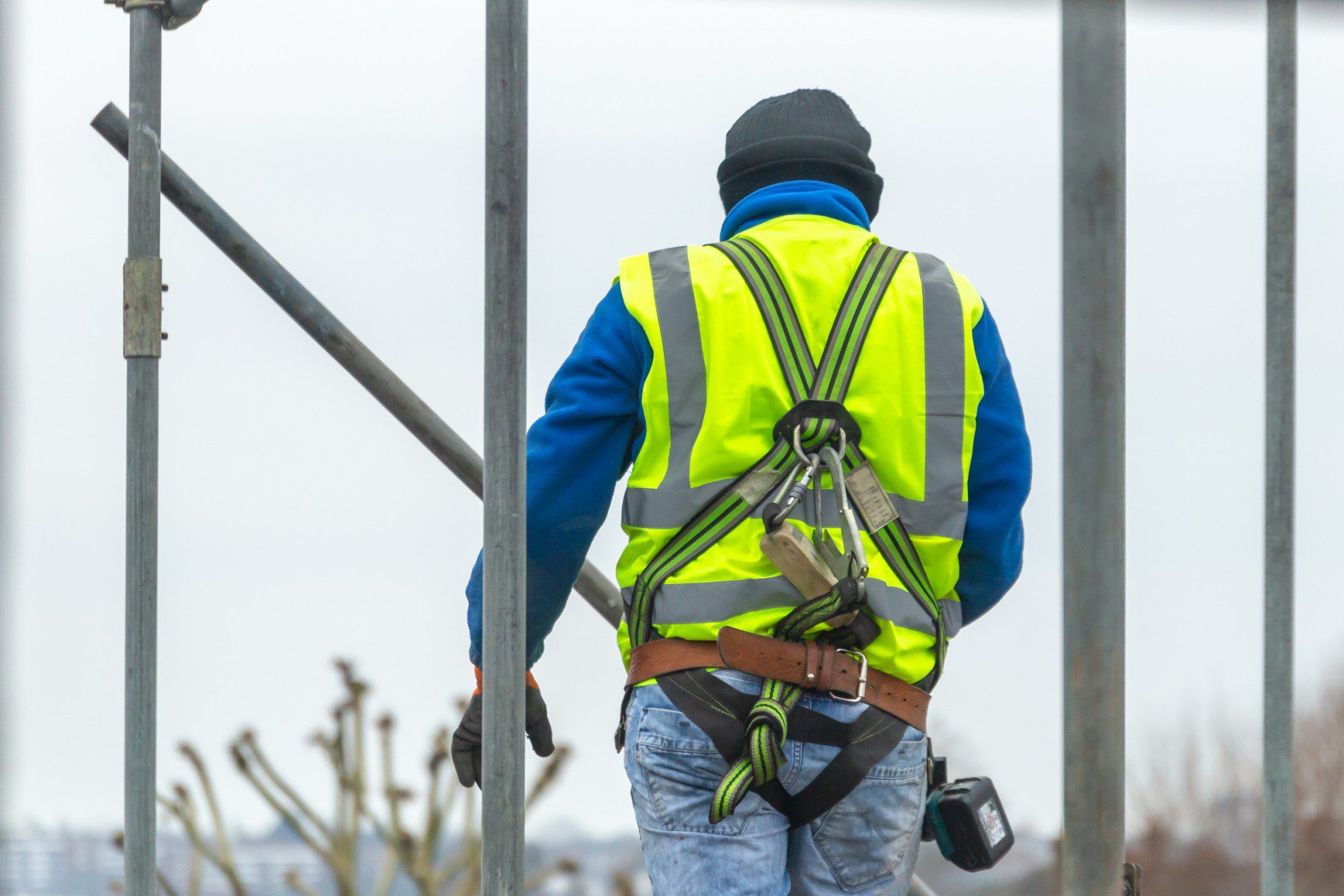

Why Scaffold Safety is Non-Negotiable
Scaffolding is more than just a structure; it's the backbone of construction sites, enabling workers to access heights and carry out their tasks efficiently. But with this necessity comes the potential hazards associated with working off the ground. Let’s explore why scaffold safety should be your top priority.
Enhancing Worker Protection Above Ground
- Preventing Falls: Falls from height remain one of the leading causes of fatalities in the construction industry. Properly erected and maintained scaffolding provides a secure platform, reducing the risk of dangerous falls.
- Stable Working Surface: Scaffolding provides a firm footing in elevated positions where a ladder might be unstable or impractical, ensuring that workers can focus on their work without worrying about balance.
Compliance with Health and Safety Regulations
- Legal Obligations: In the UK, health and safety regulations mandate secure working practices on construction sites. Failure to comply could lead to legal penalties, project delays, and, worse, severe accidents.
- Industry Standards: Adhering to safety standards is not just a legal requirement but an industry benchmark that reflects your commitment to best practices.
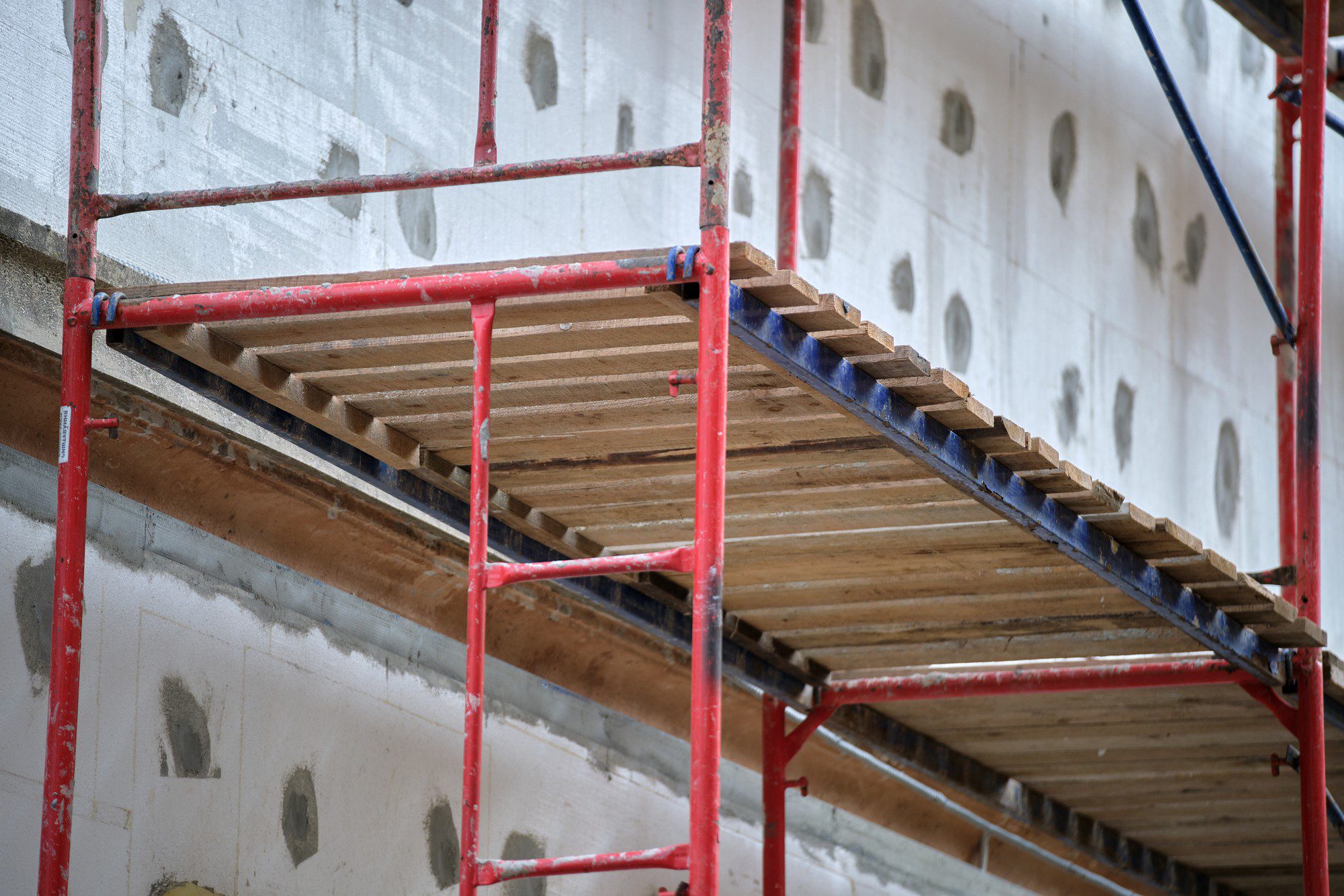

Gibbo Scaffolding: Your Partner in Scaffold Safety
Choosing the right scaffolding partner is a decision that should never be made lightly. Here’s what makes Gibbo Scaffolding stand apart as the exemplary choice for reliability and safety:
Professional Expertise and Accreditation
- Certified and Trained Workforce: Gibbo Scaffolding’s team is fully certified and undergoes continual training to stay informed about the latest safety trends and techniques.
- Accreditation Affirmation: With industry-recognised accreditation, you can rest assured that every element of scaffold construction complies with rigorous standards.
Commitment to Comprehensive Safety Provisions
- Rigorous Safety Checks: Before any worker sets foot on a scaffold, comprehensive inspections are carried out to ensure structural integrity and correct installation.
- Continual Monitoring: Scaffolds aren't just erected and left; they are regularly monitored and maintained throughout the project duration, adapting to project changes and environmental factors such as weather.
Bespoke Scaffolding Solutions
- Tailored for Your Project Needs: No two construction projects are the same. Gibbo Scaffolding provides solutions designed to meet the unique challenges of your particular project, whether it’s a residential renovation or a large-scale commercial development.
The Pillars of Scaffold Safety
When constructing scaffolds, several critical aspects must be taken into account to guarantee the safety of all involved.
Solid Foundation and Structure
- Secure Footings: The base of the scaffold must be stable and strong to support the structure above. Special attention is paid to the surfaces and weight load capacities.
- Reliable Materials: High-quality materials are a prerequisite for a scaffold. Using substandard components could compromise the entire structure's safety.
Safe Access and Egress
- Convenient Entry and Exit Points: Workers need safe and unobstructed paths to and from their working platform. Properly designed access points reduce the risk of slips, trips, and falls.
Fall Prevention Mechanisms
- Guardrails and Edge Protection: These are vital for preventing workers from taking a potentially deadly tumble. A secure perimeter ensures that workers can go about their duties without the constant fear of falling.
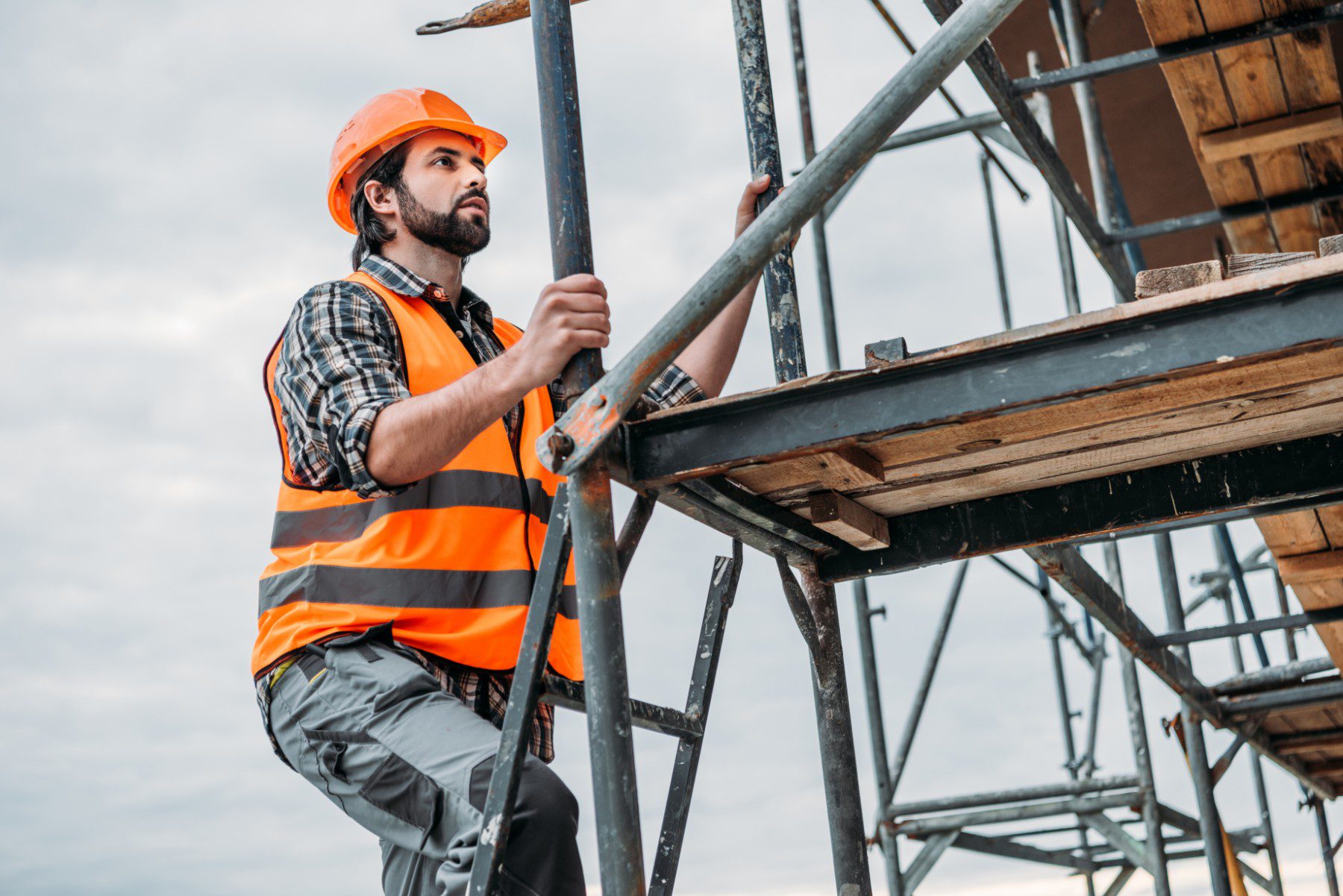

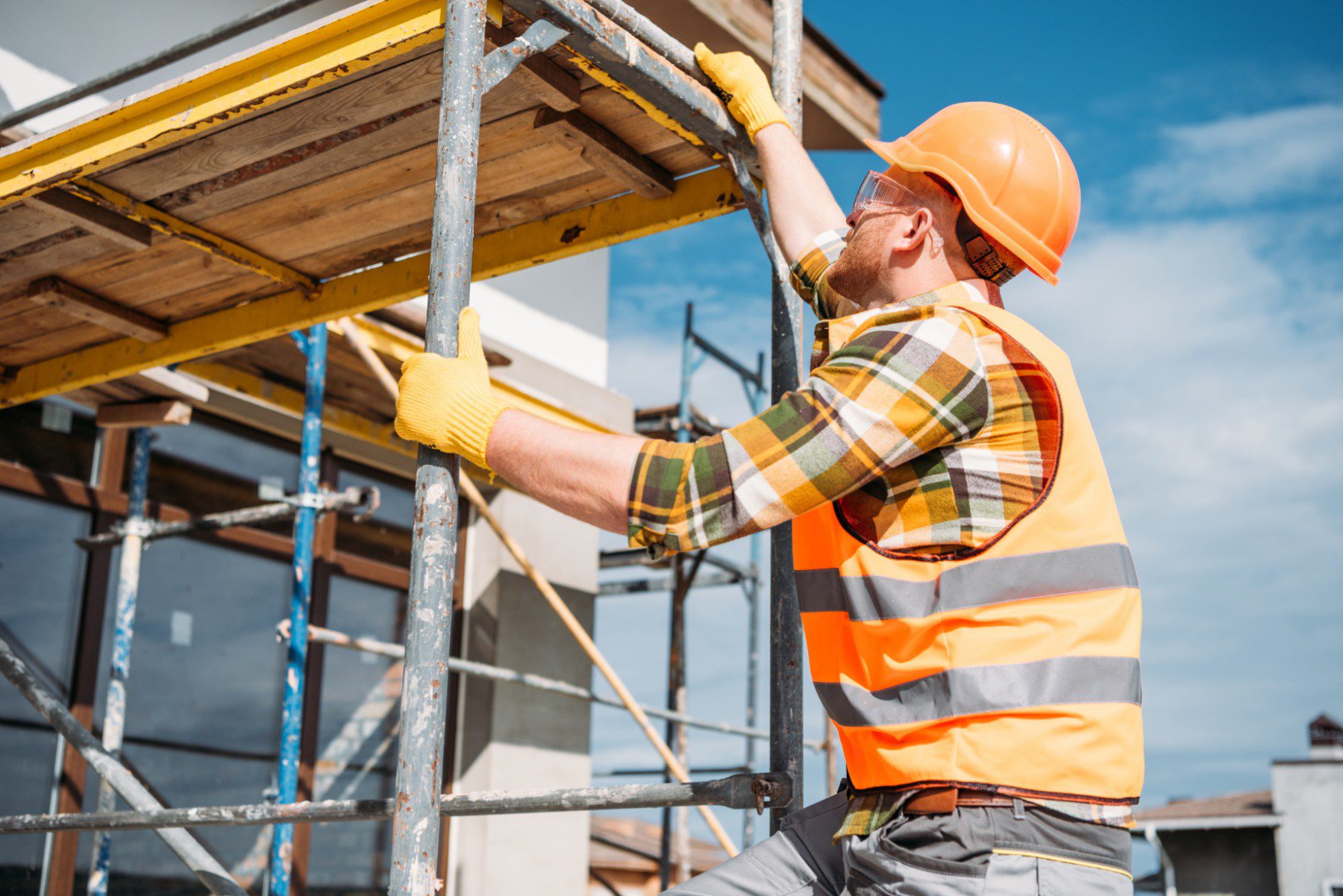

The Human Angle: Training and Awareness
The best scaffolding setup is rendered ineffective without a safety-conscious workforce.
- Training Sessions: Regular briefings and comprehensive training programmes ensure that every worker understands the importance of scaffold safety and knows how to maintain it.
- Safety Culture: Promoting a culture of safety on site encourages workers to look out for each other and speak up if they notice any potential hazards.
Frequently Asked Questions (FAQ) on Scaffolding Safety
How often should scaffolds be inspected?
To ensure ongoing safety, scaffolds should be inspected frequently, especially after exposure to potentially compromising conditions such as adverse weather. UK regulations also require checks after installation and every seven days thereafter.
What should I look for in a scaffolding provider?
Beyond the basic prerequisites of experience and accreditation, look for a scaffolding provider committed to safety, quality, and tailored solutions.
How does the weather impact scaffold safety?
Adverse weather, particularly high winds, heavy rain, and ice, can significantly impact scaffold safety. It’s essential to perform extra checks and possibly adapt or reinforce the scaffold structure in response to harsh weather conditions.
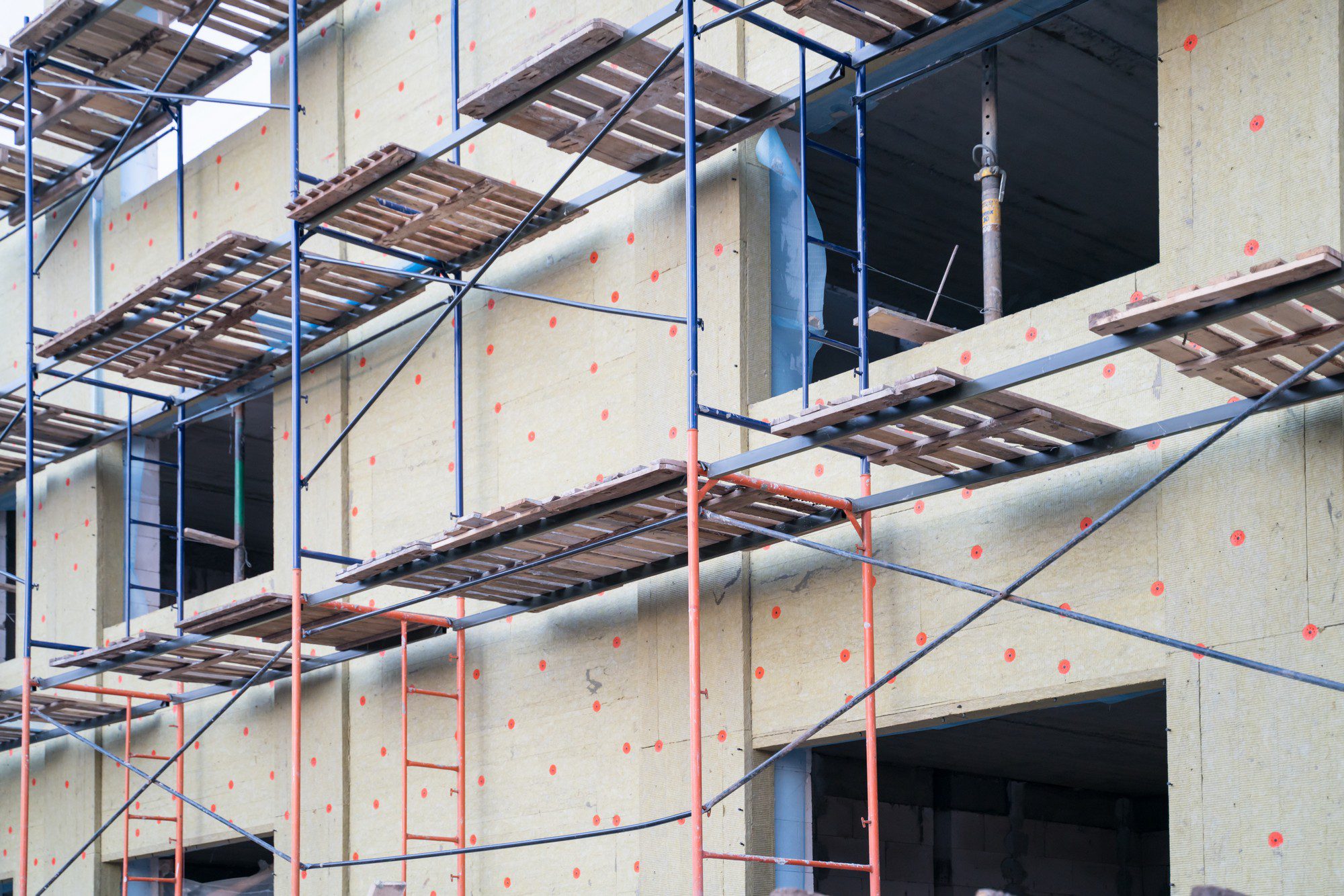

Conclusion: Investing in Scaffold Safety with Gibbo Scaffolding
In this blog, we've outlined the vital importance of scaffold safety in construction projects. It's an investment that goes beyond compliance; it’s about safeguarding lives and ensuring the success of your project.
Gibbo Scaffolding brings an unyielding dedication to safety, expertise, and tailored solutions to each project. Whether you're an independent tradesperson or represent a large construction company, the emphasis on scaffold safety remains the same—paramount.
Are you ready to prioritise safety on your next project? Contact Gibbo Scaffolding today, where your peace of mind is built into every scaffold we erect. Because when it comes to safety, there's no room for compromise.

